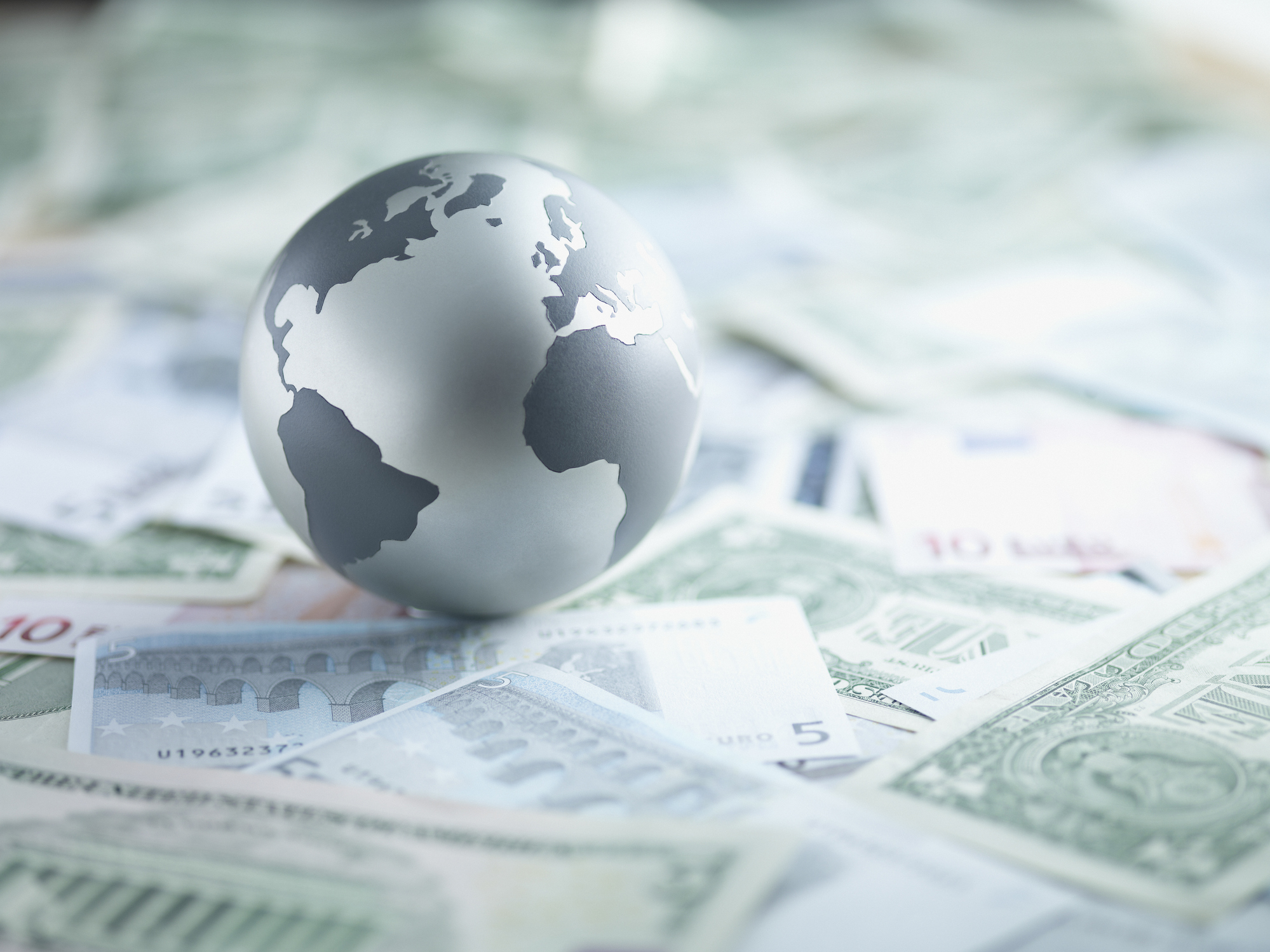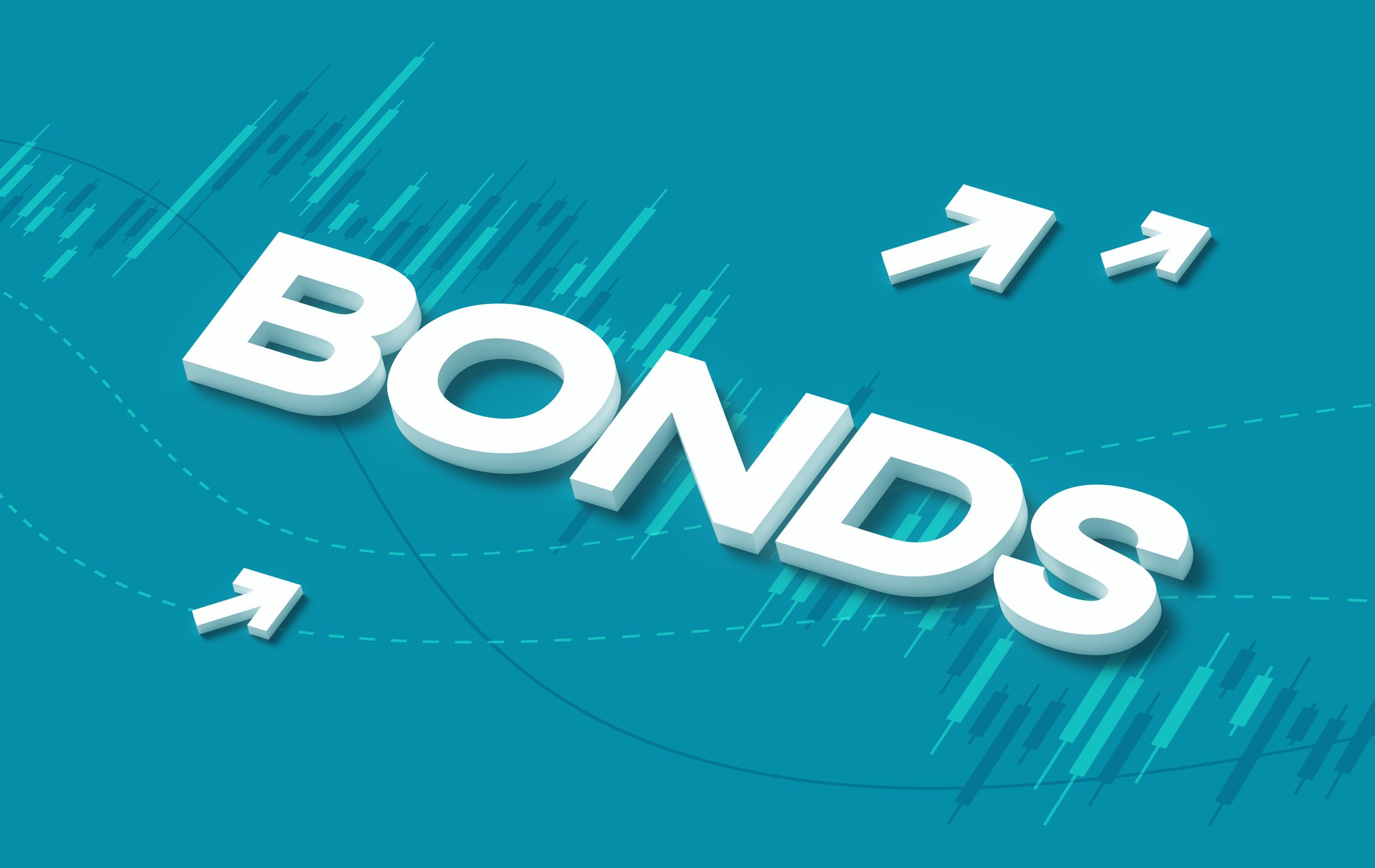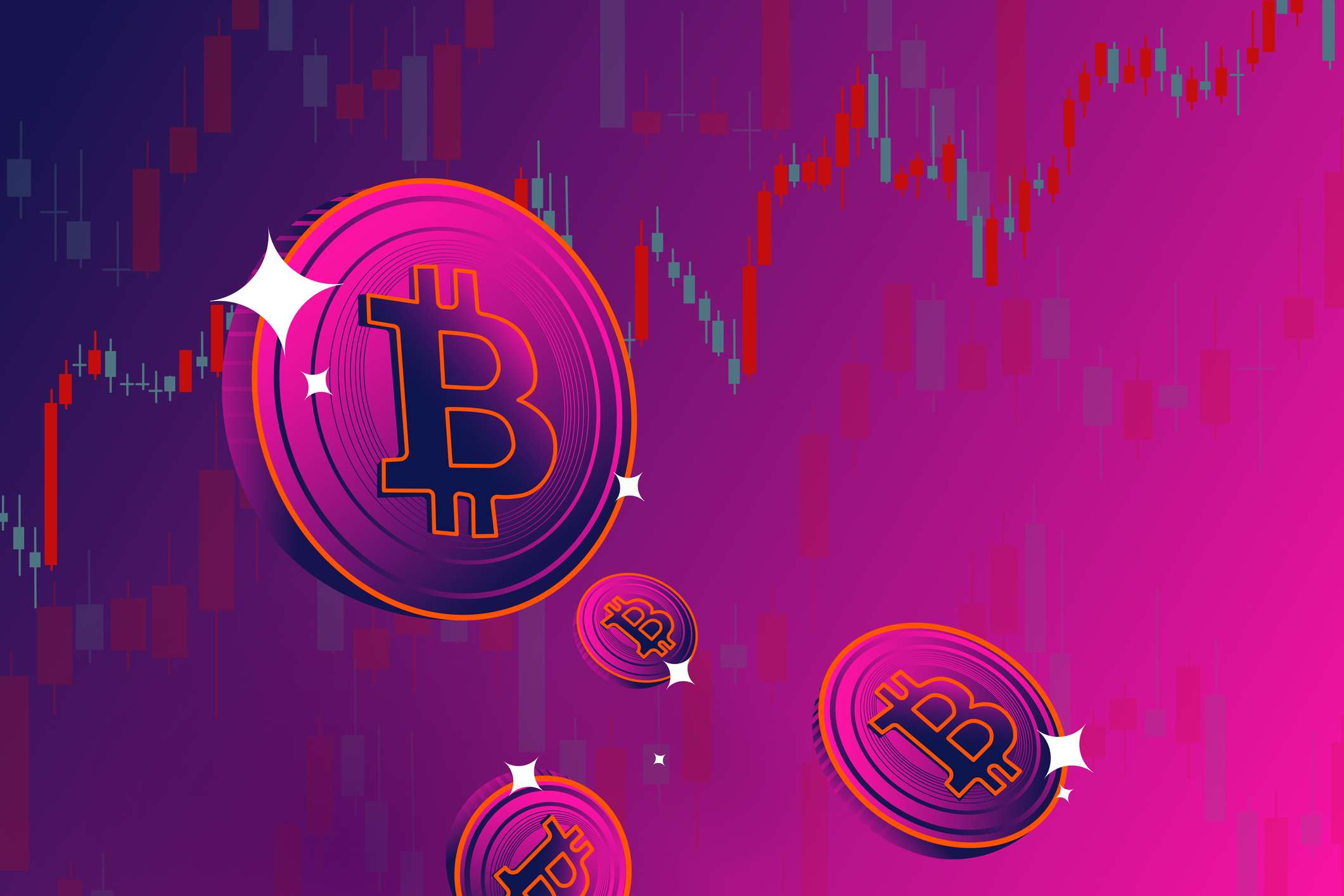The Best ETFs to Buy for 2026 and Beyond
These ETFs possess structural characteristics that make them perennially good buy-and-hold options for a wide variety of investors.


The exchange-traded fund industry is in a full boom right now. According to ETF Central, a platform that tracks ETF markets and issuer data, there were nearly 4,780 U.S.-listed ETFs as of December 4. That is explosive growth compared with January 22, 1996, when the first U.S.-listed ETF, the SPDR S&P 500 Trust (SPY), launched and kicked off the modern exchange-traded-fund era.
The expansion has reached a point where U.S.-listed ETFs now outnumber individual stocks, according to Bloomberg. A great example is Strategy (MSTR), the software company turned bitcoin treasury formerly known as MicroStrategy. If you search for MSTR in most brokerage apps, you will find dozens of ETFs offering leveraged, inverse or income-oriented exposure to the stock. That level of proliferation speaks to how deeply ETFs have saturated every corner of the market.
It also reflects a broader trend. ETF issuers are increasingly catering to Gen Z's appetite for high beta and yield-focused strategies, often built with derivatives or concentrated exposures.
Yet it helps to step back and remember why ETFs became popular in the first place. The core appeal is transparency, liquidity and tax efficiency. Keeping these traits in mind is essential when deciding the best ETFs to include in a long-term portfolio.
Why buy ETFs?
Compared with other fund types such as mutual funds and closed-end funds (CEFs), ETFs have grown far faster and have taken in steady inflows for years.
A big reason is structural. ETFs solved several problems that plagued both mutual funds and CEFs, and they did it through the in-kind creation and redemption process.
Mutual funds are open-ended, which means the fund company creates or cancels shares based on investor demand. The challenge is capital gains distributions. In a high-turnover mutual fund, or one that realizes gains and losses throughout the year, investors can receive a capital gains tax bill even if they never sold their own shares.
The buying and selling activity of other investors, along with portfolio rebalancing by the manager, forces the fund to realize gains that get passed through to every shareholder. This is why many mutual fund investors get hit with taxable distributions at the end of December despite doing nothing.
ETFs avoid this issue because the fund manager does not create new shares. Instead, authorized participants work directly with the ETF issuer to create or redeem shares using a basket of the underlying securities. This is called creation and redemption in kind and keeps the buying and selling activity outside the fund, preventing the realization of taxable gains within the ETF itself.
CEFs have a different issue. They are publicly traded funds, but they have a fixed pool of shares. As a result, the market price can trade above or below the value of the underlying holdings. A price above the net asset value is a premium, and a price below is a discount.
For investors, this means the entry point is not always intuitive. A good CEF can trade at a steep premium, while a struggling CEF can trade at a discount for years. ETFs solved this by allowing arbitrage between the market price and the net asset value.
If the ETF trades above its underlying value, an authorized participant can deliver the underlying basket, receive ETF shares and sell them for a quick profit. If the ETF trades below its underlying value, the process reverses. These arbitrage incentives keep ETF prices close to their net asset values and prevent persistent premiums or discounts.
There are also practical benefits. ETFs offer greater liquidity and usually trade with much narrower bid-ask spreads than CEFs. Unlike mutual funds, which are priced once after the market closes, exchange-traded funds trade throughout the day like stocks. Most ETFs also disclose their full portfolios daily, while mutual funds typically report only a handful of times per year.
Given the number of ETFs now available across every asset class, geography and strategy, it is easy for investors to get lost in the sheer variety. It helps to step back and remember the mechanics that made ETFs popular in the first place, and to use those traits as a foundation when deciding which ones are worth owning.
How we picked the best ETFs to buy for 2026 and beyond
There is no clean or perfectly objective way to determine which five ETFs are the "best" out of nearly 4,780 options. Focusing on a single metric would create a lopsided and unfair list.
For example, we could simply choose the five largest ETFs by assets under management, but that would reflect factors such as time in the market rather than inherent quality. SPY has had almost three decades to grow, and the largest issuers, including Vanguard, iShares, State Street and Invesco, have enormous marketing budgets that help keep their flagship ETFs in front of investors.
Ranking solely by historical returns has similar problems. ETFs do not share common inception dates, and results are heavily dependent on rolling periods. An ETF that shines over the last decade may look much weaker if the start or end date changes slightly. More importantly, past returns do not predict future performance, especially when market leadership rotates.
To keep the process fair, we selected one ETF that represents the "best in class" for its category. We chose five broad asset classes that nearly every investor encounters: equities, fixed income, commodities, cryptocurrency and multi-asset. The goal was to highlight ETFs with structural traits that make them durable buy-and-hold candidates rather than temporary fads.
From there, we relied on a universal attribute that Morningstar and other research firms have repeatedly identified as the single most reliable predictor of fund returns: fees. An ETF's expense ratio is deducted from the fund's assets throughout the year. You do not pay it out of pocket, but it reduces your net returns every day. Over long stretches, this drag compounds, which is why low-cost funds consistently outperform more expensive peers with similar strategies.
Asset managers understand this. Over the past decade, fee compression has been one of the most important trends in the industry. ETF issuers have either held expenses flat or cut them to remain competitive, benefiting investors and reshaping competition across categories.
For each best-in-class pick, we also emphasized ETFs with robust assets under management for longevity and scale, and low bid-ask spreads to ensure efficient trading for investors of all sizes.
Ticker | Exchange-traded fund | AUM | Expenses |
VT | Vanguard Total World Stock Index Fund ETF | $57.1 billion | 0.06% |
IUSB | iShares Core Universal USD Bond ETF | $33.8 billion | 0.06% |
GLDM | SPDR Gold MiniShares Trust | $24.0 billion | 0.10% |
FBTC | Fidelity Wise Origin Bitcoin Fund | $18.8 billion | 0.06% |
CGBL | Capital Group Core Balanced ETF | $4.1 billion | 0.33% |

Vanguard Total World Stock Index Fund ETF
- Type: Large stock blend
- Assets under management: $57.1 billion
- Expenses: 0.06%, or $6 on every $10,000 invested annually
- 30-day median bid-ask spread: 0.01%
The Vanguard Total World Stock Index Fund ETF (VT) offers one of the strongest value propositions in the equity ETF space. For $6 per $10,000 invested, you gain exposure to more than 9,900 stocks that represent the global stock market.
Its benchmark, the FTSE Global All Cap Index, spans U.S. stocks, international developed markets, emerging markets and the full market-cap spectrum across all 11 sectors.
VT is the ultimate buy-and-hold ETF for hands-off investors. There is no need to predict which countries, sectors or company sizes will lead. The market-cap-weighted approach keeps turnover low and lets winners rise naturally. Investors receive maximum diversification in a single position, making VT a highly efficient core equity allocation.

iShares Core Universal USD Bond ETF
- Type: Intermediate core-plus bond
- Assets under management: $33.8 billion
- Expenses: 0.06%
- 30-day median bid-ask spread: 0.02%
Many of the most popular bond ETFs track the same Bloomberg Aggregate Bond Index, which holds thousands of U.S. Treasurys, agency mortgage-backed securities and investment-grade corporate bonds. It represents the traditional "buy the market" approach for high-quality fixed income. The iShares Core Universal USD Bond ETF (IUSB) takes this idea a step further.
Its benchmark, the Bloomberg U.S. Universal Index, combines the familiar aggregate exposure with a modest allocation to high-yield corporate bonds. High-yield bonds are less liquid and harder for individuals to access directly, but they can enhance diversification and increase yield.
IUSB blends these exposures at low cost and creates a more complete core bond portfolio.

SPDR Gold MiniShares Trust
- Type: Commodities focused
- Assets under management: $24.0 billion
- Expenses: 0.10%
- 30-day median bid-ask spread: 0.01%
The SPDR Gold MiniShares Trust (GLDM) was not the first gold ETF, but it set a new standard for low-cost access to physical gold. Investors can bypass the wide dealer spreads associated with buying bullion and trade GLDM in a regular brokerage account, including tax-advantaged accounts such as a Roth IRA. The trust is physically backed, with gold stored at ICBC Standard Bank and JPMorgan Chase Bank.
Since its launch, competing products have appeared, but few have matched GLDM's combination of size, liquidity and cost, especially during the recent surge in gold prices.
One notable structural detail is that GLDM is a grantor trust governed by the Securities Act of 1933 rather than the Investment Company Act of 1940, which affects how it holds and stores metal.

Fidelity Wise Origin Bitcoin Fund
- Type: Digital assets
- Assets under management: $18.8 billion
- Expenses: 0.25%
- 30-day median bid-ask spread: 0.06%
In January 2024, the Securities and Exchange Commission (SEC) approved the first spot bitcoin ETFs, which opened the floodgates for cryptocurrency investing through traditional brokerage accounts.
Spot ETFs hold actual bitcoin rather than futures contracts, which was a major shift. However, most of the new ETFs rely on Coinbase (COIN) for custody, creating a single point of operational risk.
The Fidelity Wise Origin Bitcoin Fund (FBTC) stands out because it stores its bitcoin directly with Fidelity. Fidelity began building digital asset infrastructure in 2014 and has developed in-house capabilities that few traditional firms possess. While FBTC is not the cheapest or the most traded, its independent custody model makes it a noteworthy option for serious cryptocurrency investors looking for a trustworthy bitcoin ETF.

Capital Group Core Balanced ETF
- Type: Moderate allocation
- Assets under management: $4.1 billion
- Expenses: 0.33%
- Bid-ask spread: 0.03%
Balanced portfolios were once dominated by mutual funds built around the classic 60/40 mix of stocks and bonds. These funds often generated annual capital gains distributions, which created tax inefficiencies. In ETF form, balanced strategies avoid many of these issues, and the Capital Group Core Balanced ETF (CGBL) has quickly become a standout for this category.
CGBL is actively managed and holds a mix of Capital Group fixed-income ETFs and direct stock positions. It typically keeps between 50% and 75% of assets in equities, with the remainder in bonds.
It also uses Capital Group's long-standing system in which multiple managers run separate sleeves of the same portfolio, bringing their own research and best ideas.
Learn more about CGBL at the Capital Group provider site.
Related content
Profit and prosper with the best of Kiplinger's advice on investing, taxes, retirement, personal finance and much more. Delivered daily. Enter your email in the box and click Sign Me Up.
Tony started investing during the 2017 marijuana stock bubble. After incurring some hilarious losses on various poor stock picks, he now adheres to Bogleheads-style passive investing strategies using index ETFs. Tony graduated in 2023 from Columbia University with a Master's degree in risk management. He holds the Certified ETF Advisor (CETF®) designation from The ETF Institute. Tony's work has also appeared in U.S. News & World Report, USA Today, ETF Central, The Motley Fool, TheStreet, and Benzinga. He is the founder of ETF Portfolio Blueprint.
-
 Smart Money Moves Savers Should Make in 2026
Smart Money Moves Savers Should Make in 2026These steps will get you on the road to achieving your 2026 savings goals.
-
 I retired at 63 to enjoy my free time, but my grown kids constantly ask for help with childcare. I love my grandkids, but it's too much. What should I do?
I retired at 63 to enjoy my free time, but my grown kids constantly ask for help with childcare. I love my grandkids, but it's too much. What should I do?We asked therapists and relationship experts for advice.
-
 5 RMD Mistakes That Even Seasoned Retirees Can Make
5 RMD Mistakes That Even Seasoned Retirees Can MakeThe five biggest RMD mistakes retirees make show that tax-smart retirement planning should start well before you hit the age your first RMD is due.
-
 5 RMD Mistakes That Could Cost You Big-Time: Even Seasoned Retirees Slip Up
5 RMD Mistakes That Could Cost You Big-Time: Even Seasoned Retirees Slip UpThe five biggest RMD mistakes retirees make show that tax-smart retirement planning should start well before you hit the age your first RMD is due.
-
 I'm a Wealth Adviser: My 4 Guiding Principles Could Help You Plan for Retirement Whether You Have $10,000 or $10 Million
I'm a Wealth Adviser: My 4 Guiding Principles Could Help You Plan for Retirement Whether You Have $10,000 or $10 MillionRegardless of your net worth, you deserve a detailed retirement plan backed by a solid understanding of your finances.
-
 A Retirement Triple Play: These 3 Tax Breaks Could Lower Your 2026 Bill
A Retirement Triple Play: These 3 Tax Breaks Could Lower Your 2026 BillGood news for older taxpayers: Standard deductions are higher, there's a temporary 'bonus deduction' for older folks, and income thresholds have been raised.
-
 If You're Retired or Soon-to-Be Retired, You Won't Want to Miss Out on These 3 OBBB Tax Breaks
If You're Retired or Soon-to-Be Retired, You Won't Want to Miss Out on These 3 OBBB Tax BreaksThe OBBB offers some tax advantages that are particularly beneficial for retirees and near-retirees. But they're available for only a limited time.
-
 Waiting for Retirement to Give to Charity? Here Are 3 Reasons to Do It Now, From a Financial Planner
Waiting for Retirement to Give to Charity? Here Are 3 Reasons to Do It Now, From a Financial PlannerYou could wait until retirement, but making charitable giving part of your financial plan now could be far more beneficial for you and the causes you support.
-
 Are You Ghosting Your Finances? What to Do About Your Money Stress
Are You Ghosting Your Finances? What to Do About Your Money StressAvoidance can make things worse. You can change your habits by starting small, talking with a family member or friend and being consistent and persistent.
-
 Stocks Keep Climbing as Fed Meeting Nears: Stock Market Today
Stocks Keep Climbing as Fed Meeting Nears: Stock Market TodayA stale inflation report and improving consumer sentiment did little to shift expectations for a rate cut next week.
-
 Crypto Trends to Watch in 2026
Crypto Trends to Watch in 2026Cryptocurrency is still less than 20 years old, but it remains a fast-moving (and also maturing) market. Here are the crypto trends to watch for in 2026.

